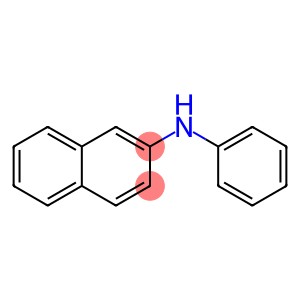3, 3-Dimethylglutarimide(CAS#1123-40-6)
| Risk Codes | R22 – Harmful if swallowed R36/37/38 – Irritating to eyes, respiratory system and skin. R43 – May cause sensitization by skin contact |
| Safety Description | S26 – In case of contact with eyes, rinse immediately with plenty of water and seek medical advice. S36/37 – Wear suitable protective clothing and gloves. S22 – Do not breathe dust. |
| UN IDs | 2811 |
| WGK Germany | 2 |
| RTECS | MA4348000 |
| HS Code | 29251995 |
| Hazard Class | 6.1(b) |
| Packing Group | III |
Introduction
3,3-Dimethylglutamine (also known as DMF) is an organic solvent with the following properties: Physical properties: 3,3-Dimethylglutamine is a colorless liquid with a strong ammonia odor. Chemical properties: 3,3-dimethylglutamine is a polar solvent with good solubility and can react with a variety of organic and inorganic compounds. It can be used as a carrier for acceptors, solvents, reaction media, and catalysts. Applications: 3,3-Dimethylglutamine is widely used in organic synthesis, catalysis and polymerization reactions, especially as a solvent. It can be used in the synthesis of deamination peptides and peptide compounds, in catalytic reduction reactions, and as a component in dyes, resins, and coatings. Preparation method: The main preparation method of 3,3-dimethylglutamine is from the dehydration reaction between ammonium toluene and formic anhydride. The method needs to be carried out in an inert gas (e.g. nitrogen) atmosphere. Safety Information: 3,3-Dimethylglutamine is highly toxic and irritating, and safe operating procedures need to be followed when used. Skin, eye contact should be avoided, and appropriate protective equipment and ventilation should be ensured. Care should be taken to avoid contact with strong oxidizing agents and acids to prevent possible dangerous reactions.





![2-BroMo-6,7-dihydro-4H-pyrano[4,3-d]thiazole(CAS#1093107-56-2)](https://www.xinchem.com/uploads/dihydropyrano.gif)

![4-[(4-Hydroxy-2-pyrimidinyl)amino]benzonitrile(CAS# 189956-45-4)](https://www.xinchem.com/uploads/44Hydroxy2pyrimidinylaminobenzonitrile.png)
